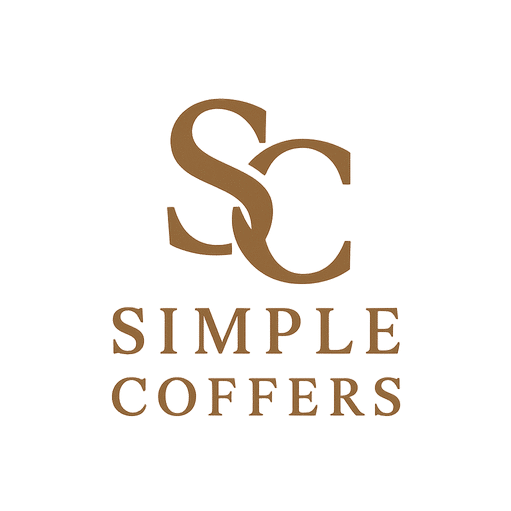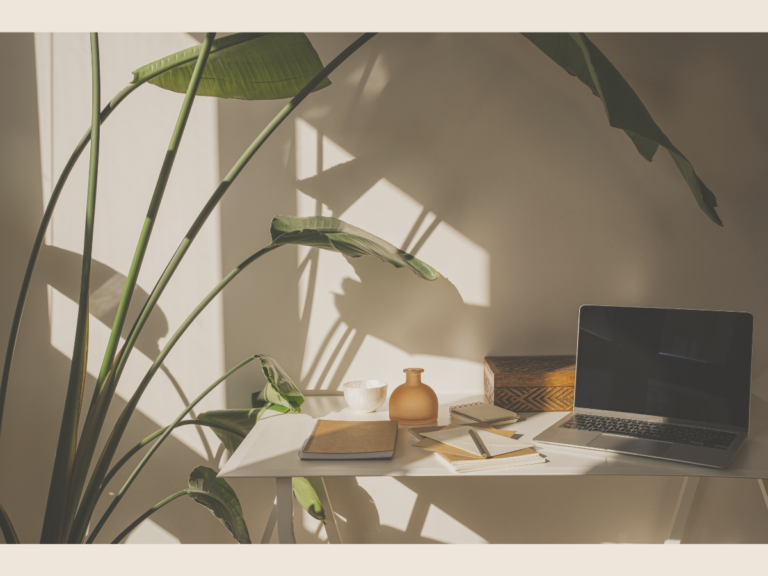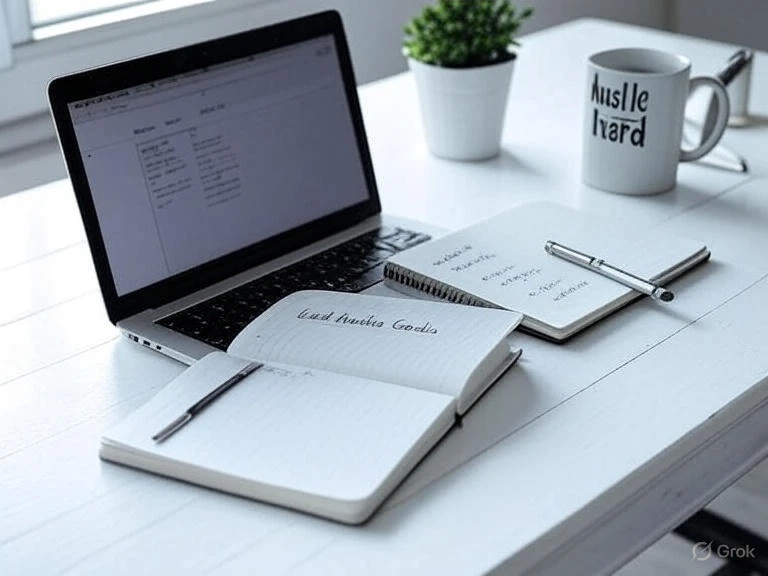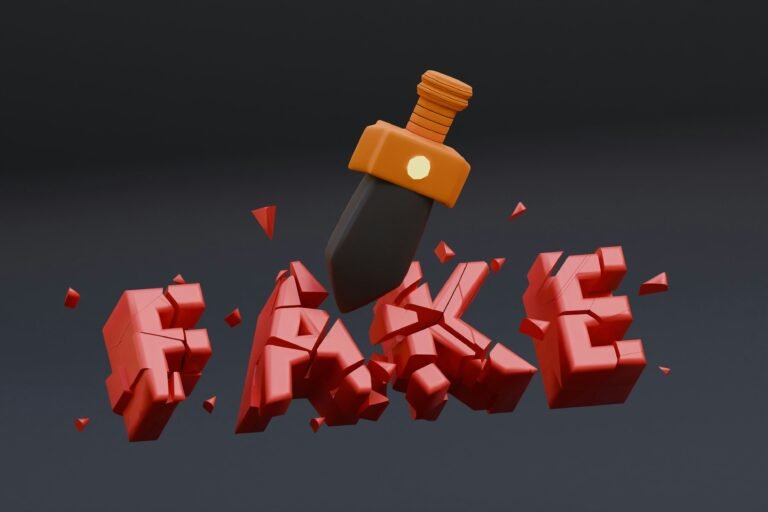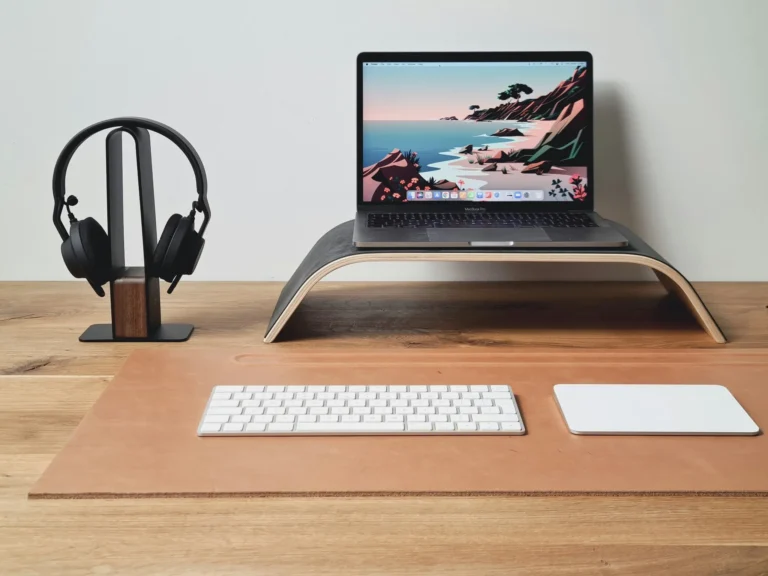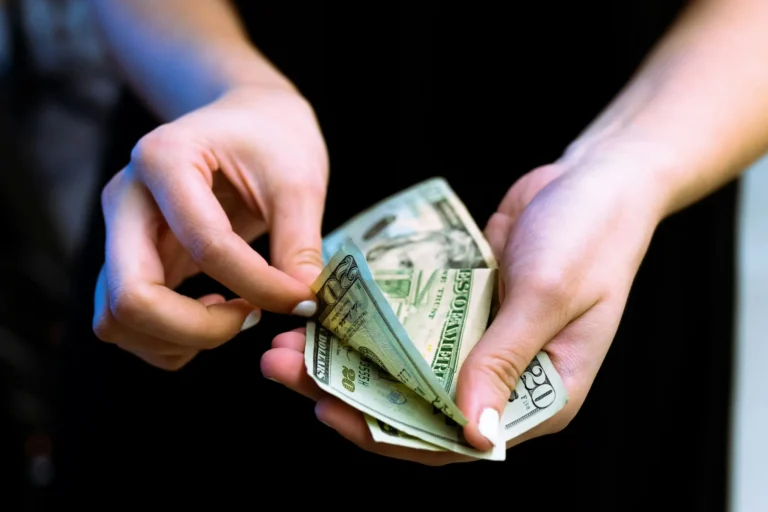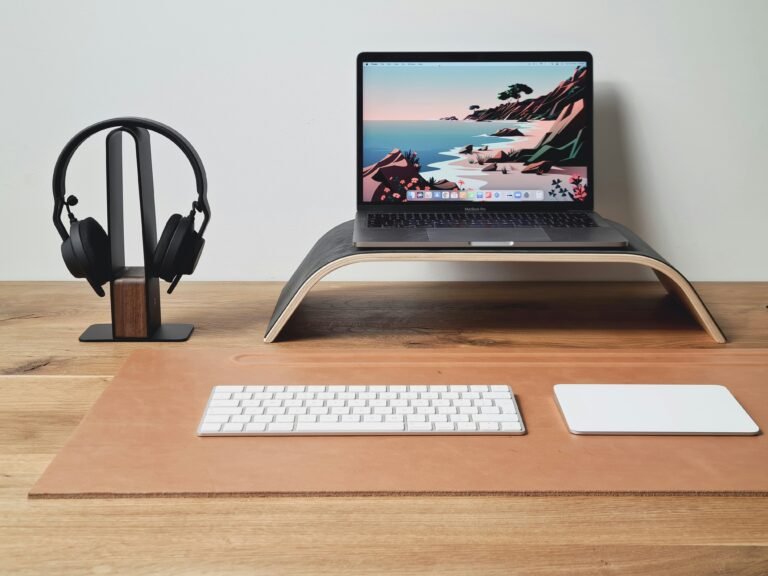7 Steps to Start a Print-on-Demand Business (No Design Skills)
I used to think running a print on demand business meant being a designer.
Spoiler: I can’t even draw a decent circle on paper.
When I first opened Canva, I stared at the blank screen for almost ten minutes, completely unsure where to start.
The fonts looked intimidating, the buttons confusing. It honestly felt like opening the cockpit of an airplane.
But five minutes later, I realized—if I could drag and drop text, I could make a product.
That small “aha” moment changed everything.
So if you’ve ever thought, “I’m not creative enough for that,” this post is for you.
Let’s go through how to start a print on demand business even if you’ve never opened Photoshop in your life.
💡 This is a simple, step-by-step print on demand for beginners guide you can follow tonight.
💡 What Is Print-on-Demand (and Why It’s Perfect for Beginners)
A print on demand business lets you sell products that are only printed after someone buys them.
You don’t stock inventory, handle shipping, or even touch the product. The printer does it all.
That’s what hooked me. I wanted to build something online without spending thousands upfront.
And guess what? My first mug sale came two weeks after uploading a quote I made in Canva.
(I’m still convinced the buyer was just someone who liked coffee as much as I do ☕).
👉 Related: 5 Side Hustles You Can Start After Work to Earn Extra Income — start small and build your first income stream before diving into POD.
🧭 Step 1 — Pick a Niche That Matches Your Interests
I almost overcomplicated this part.
I thought I needed to find “the perfect niche.” In reality, you just need a theme you enjoy enough to talk about for months.
Popular ideas:
- Pet lovers
- Minimal quote designs
- Coffee & productivity humor
- Travel lifestyle
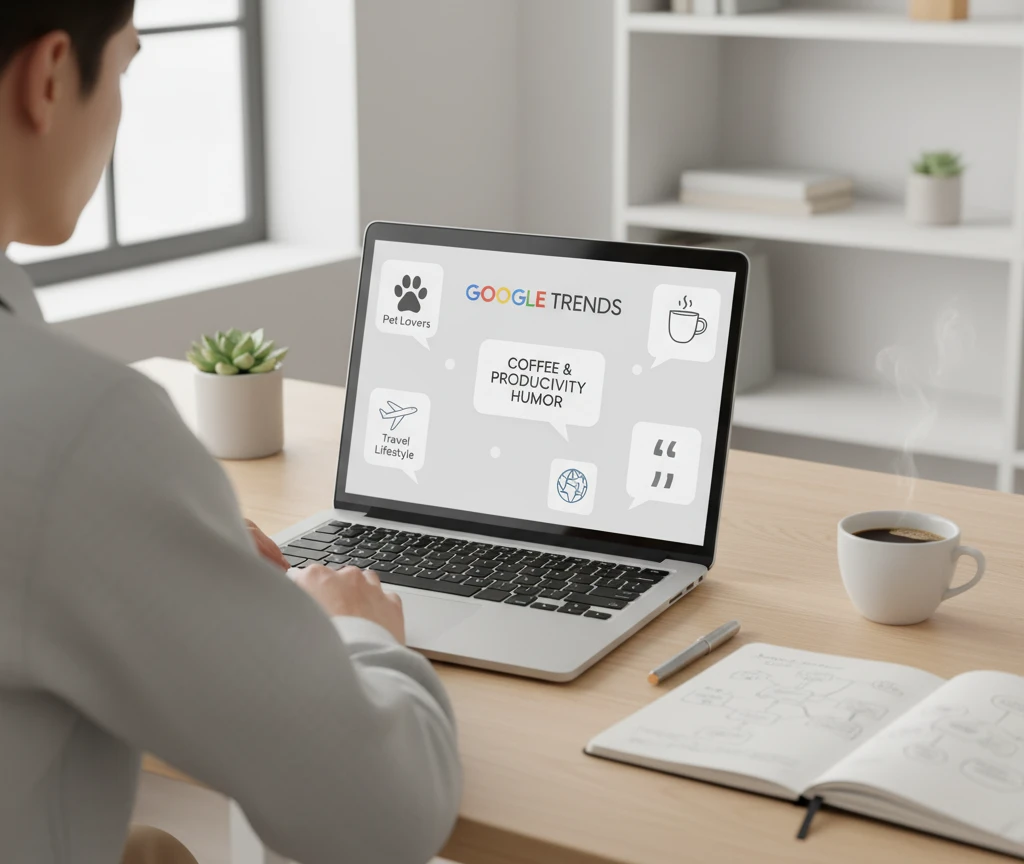
Quick Ways to Validate Your Niche
- Check Etsy or Redbubble for top-selling designs.
- Use Google Trends to see what’s rising.
- Test small batches and adjust from feedback.
💬 Quick Tip: You don’t have to find the “next big thing.” You just need something people care about consistently.
👉 Next step: Once you’ve chosen your niche, move on to how to sell digital products (beginner’s guide) — it shows how creatives like you build digital assets around simple ideas.
Building a print on demand business starts with choosing a niche that you won’t get tired of — that’s how you keep creating for months.
🎨 Step 2 — Create Simple Designs (No Design Skills Required)
I was terrified of design tools.
Photoshop looked like a cockpit, and I almost gave up before starting.
Then I tried Canva, and suddenly everything clicked. Within 30 minutes, I made my first shirt design—a simple phrase: “Caffeine & Clarity.”
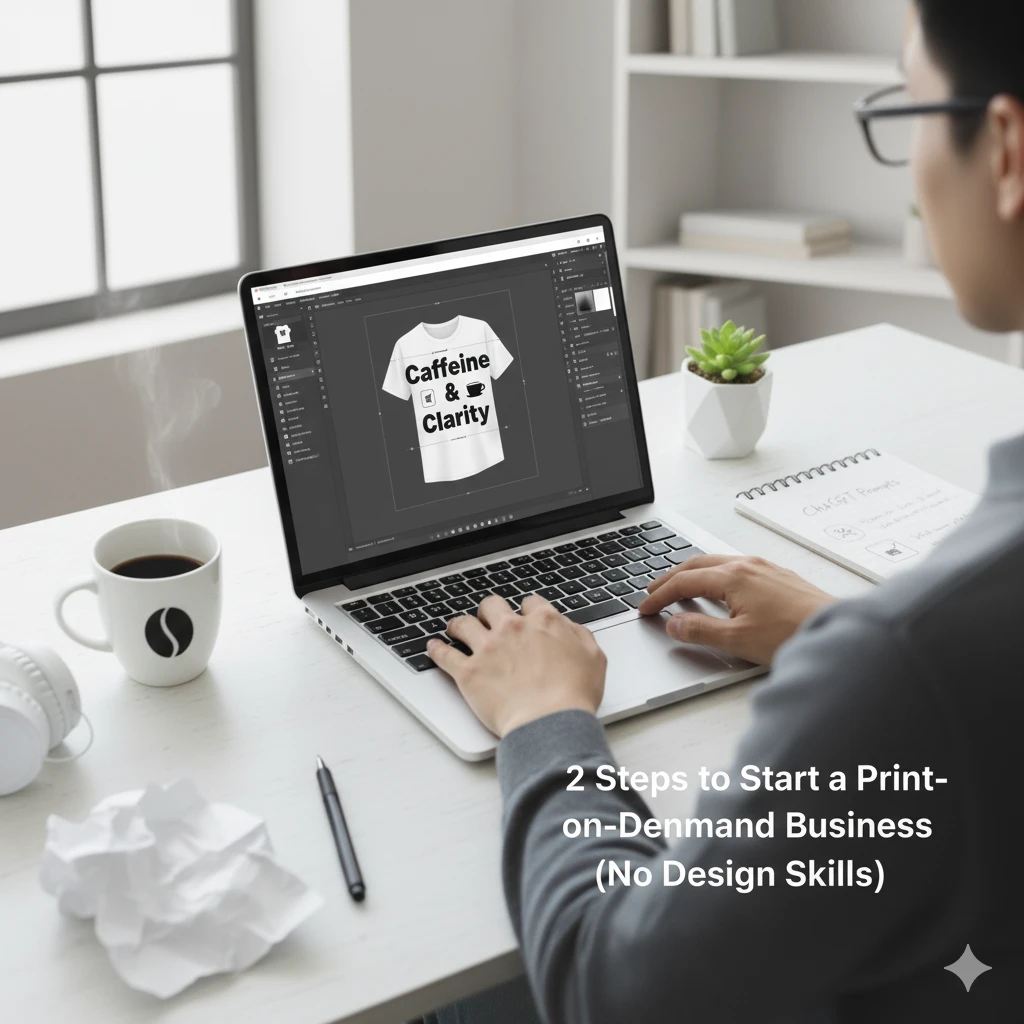
You don’t need fancy skills. You need clarity and taste.
Tools That Make It Easy
- Canva – text-based templates, drag-and-drop design
- Kittl – pre-made T-shirt and typography styles
- Creative Fabrica – commercial-use templates
- ChatGPT – yes, even I asked it for slogan ideas
💡 Quick Tip: Stick to clear fonts and two-color combos. Complexity doesn’t sell—connection does.
Copyright & Licensing: When using fonts, graphics, or templates, make sure they include commercial use rights. Avoid trademarked phrases and check platform policies before you list a design.
🎯 Want to turn your ideas into something profitable?
Read turn a hobby into a side hustle next — it’s the perfect follow-up if you want to make your designs part of a lasting brand.
🛍️ Step 3 — Choose the Right POD Platform
If you search “best POD platforms 2025,” you’ll drown in options.
Here’s what I learned after testing a few:
| Platform | Best For | Key Advantage |
|---|---|---|
| Printify | Etsy sellers | Great profit margins & variety |
| Printful | Shopify users | High print quality, automation |
| Redbubble | Casual beginners | Built-in traffic, no setup |
| TeeSpring | Social sellers | Integrates with YouTube & Instagram |
TL;DR: If you’re not sure, start with Etsy + Printify for speed; move to Shopify + Printful when you want brand control.
Every successful print on demand business starts small: one platform, one design, and consistent uploads.
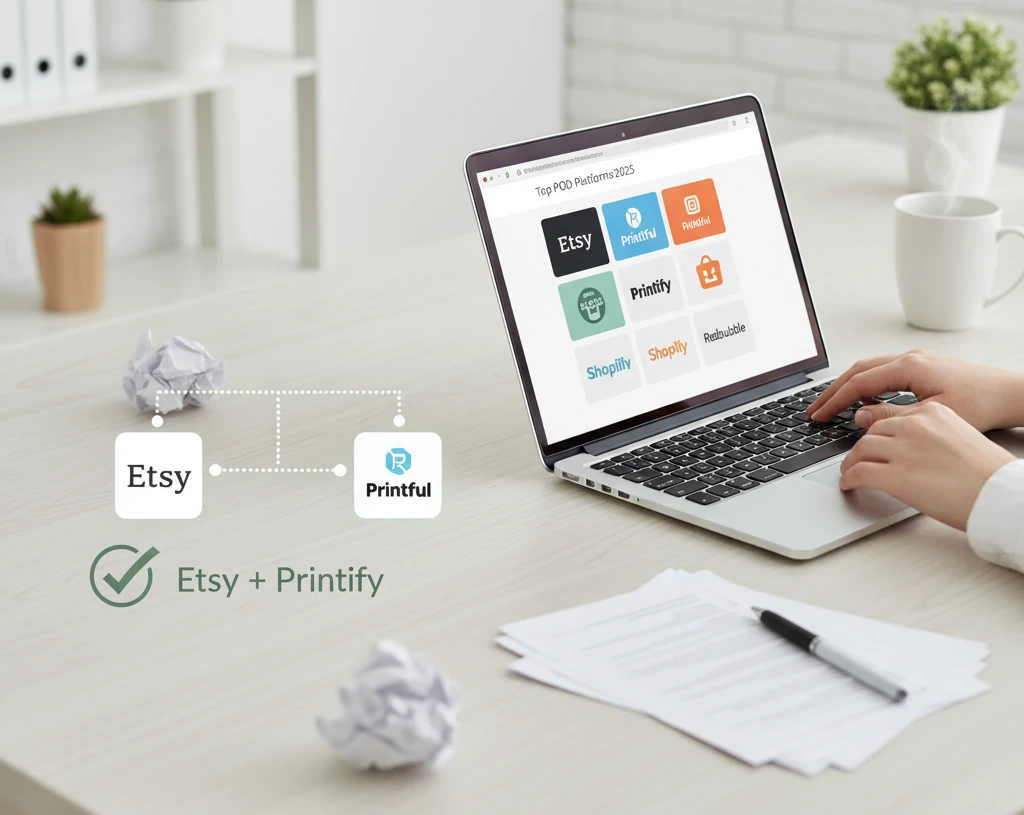
When I started, I went with Etsy + Printify—easy to set up, zero tech headaches.
It literally took one evening to connect the two and have listings live by morning.
🪄 Mini Story: I still remember my first “new order” email.
I thought it was spam—until I realized someone had paid $22 for a mug I’d designed while eating ramen at midnight.
👉 Once you pick your platform, check side hustles that pay cash instantly to discover quick-profit ideas that balance long-term print on demand business growth.
💻 Step 4 — Set Up Your Online Storefront
You can start simple on Etsy or go all-in with Shopify.
I began with Etsy—it’s beginner heaven. I added mockups, wrote friendly product descriptions, and even made my own logo in Canva.
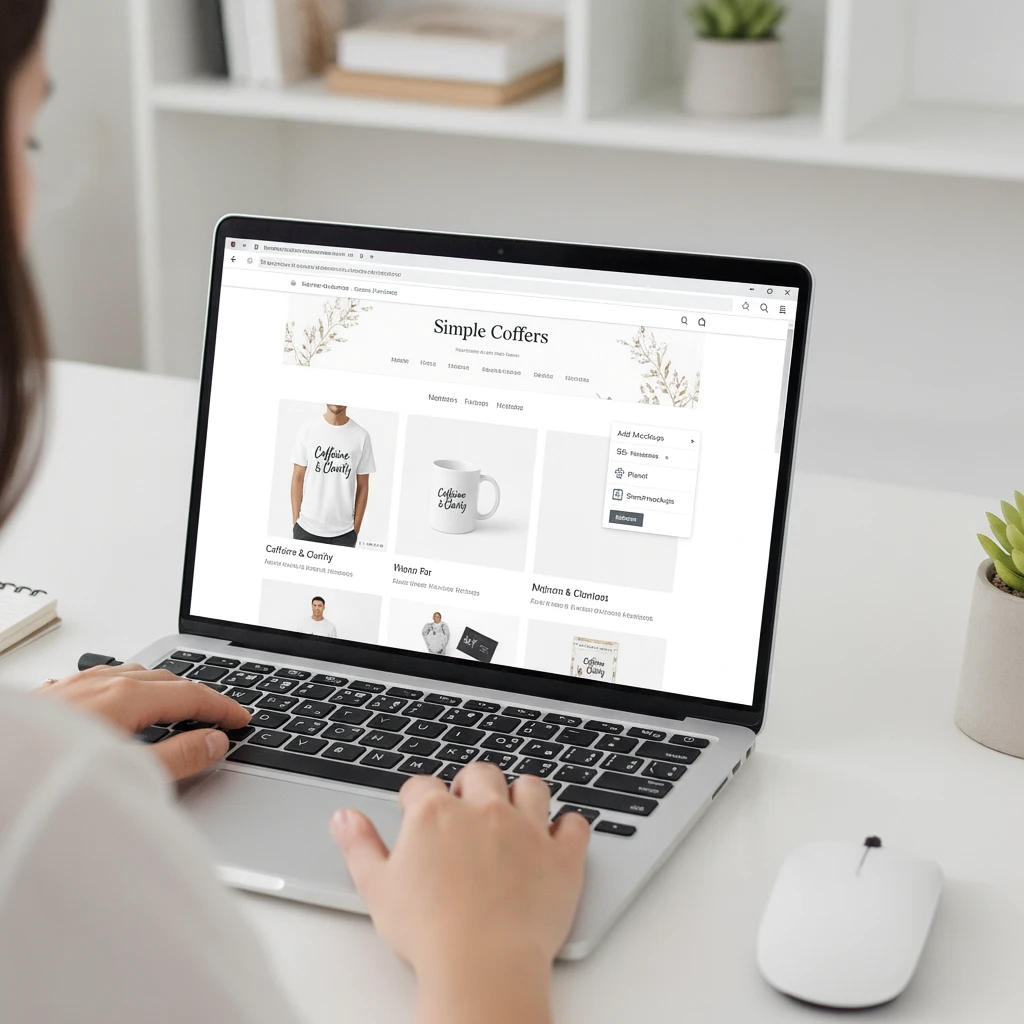
Make It Look Professional
- Use mockups from Placeit or Smartmockups
- Keep titles short but searchable
- Maintain a cohesive color palette—white + wood tones feel trustworthy (like Simple Coffers 😉)
💬 Personal Tip: My first store banner looked awful. I remade it three times before realizing nobody cares about perfection—clarity wins.
👉 For inspiration on simple, trust-building design, explore 10 Offline Side Hustles You Can Start Without a Computer — it’ll remind you how real-world reliability wins even online.
📣 Step 5 — Market Your Products Without Paid Ads
You don’t need Facebook ads to make sales.
Focus on organic reach where your audience already hangs out.

Free Marketing Channels
- Pinterest pins with mockups
- Instagram Reels / TikTok for short design clips
- Facebook Groups and niche communities
Content Ideas That Sell
- “Behind the design” videos
- Niche memes or quotes
- Seasonal collections (Valentine’s Day, Halloween etc.)
⚡ Step-by-step growth:
- Start small → one product, one niche
- Add 3–5 listings with consistent branding
- Create shortform content (Reels, Pins) weekly
- Track what sells → scale
Organic traffic is the secret weapon of any print on demand business. The more content you share, the more people find your products.
👉 And if juggling social + store feels overwhelming, Time Management Tips for Side Hustlers with a Full-Time Job will keep your workflow simple and sane.
💵 Step 6 — Manage Orders and Scale Your Earnings
This is where automation shines.
With Printify or Printful, the orders fulfill themselves—you just manage listings and messages.
After my first few sales, I learned:
- People love simple, relatable messages.
- You don’t need to “go viral” to make consistent income.
Scaling Strategy
- Add seasonal products (Christmas, summer, back-to-school)
- Track top sellers and double down
- Reinvest profits in better mockups or SEO tools
📊 Want to know what realistic earnings look like?
Check How Much Side Hustle Income Can You Really Make? — it breaks down income stages from $100 to $2,000+ months with examples.
Building your print on demand business is about small wins stacked over time, not overnight miracles.
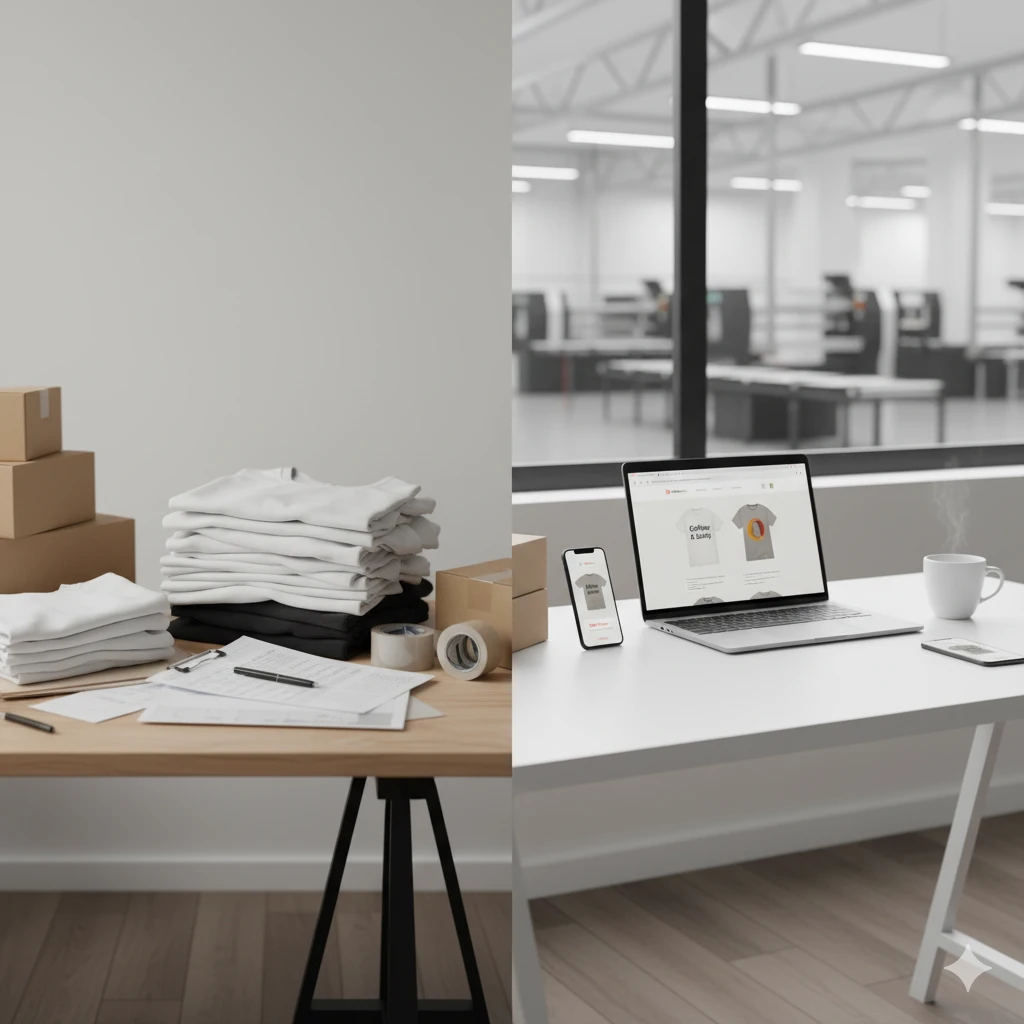
Scaling a print on demand business isn’t about luck—it’s about testing, refining, and repeating what works.
⚠️ Common Mistakes to Avoid
- Copying trending designs → copyright risk
- Using too many fonts → visual chaos
- Ignoring mockups → looks unprofessional
- Quitting after one slow week → it’s a marathon, not a sprint
✅ Rule of thumb: Simple, clear, consistent beats flashy every time.
🙋♀️ Frequently Asked Questions (FAQ)
Q1: How much does it cost to start a print on demand business?
Usually free to join; you pay only after an order. Test products cost $10–15 each.
Q2: Do I need a website to start?
No—launch on Etsy or Redbubble first; build a Shopify brand later.
Q3: What if I’m not creative at all?
Trust me—I started with zero design skills. Canva and Kittl are drag-and-drop simple.
Q4: How long before I see results?
Many get their first sale in 2–4 weeks with consistent uploads.
Q5: Can I really make passive income from this?
Yes—but “passive” starts after systems are built. That’s when your print on demand business starts running on autopilot.
Q6: What’s the biggest lesson you’ve learned?
That done is better than perfect. My first listings were rough, but they sold anyway.
🌱 Conclusion — Start Small, Learn Fast, Grow Steady
Whether you sell mugs, shirts, or digital art, a print on demand business gives you the freedom to grow at your own pace.
You don’t need design skills, fancy tools, or a big following to start a print on demand business that grows with you.
You need patience, curiosity, and courage to upload that first design.
If someone who once thought “Canva” was a coffee flavor can do it (that’s me 🙋♂️), you can too.
Start today, learn as you go, and your next sale notification might just surprise you.
👉 Next on your POD journey:
- Read Hobby Side Hustle: How to Turn Your Passion Into Income — build a brand around what you love.
- Then check Side Hustles vs. Scams: 8 Red Flags Every Beginner Should Know — protect your time and money as you grow.
